- News
- Reviews
- Bikes
- Accessories
- Accessories - misc
- Computer mounts
- Bags
- Bar ends
- Bike bags & cases
- Bottle cages
- Bottles
- Cameras
- Car racks
- Child seats
- Computers
- Glasses
- GPS units
- Helmets
- Lights - front
- Lights - rear
- Lights - sets
- Locks
- Mirrors
- Mudguards
- Racks
- Pumps & CO2 inflators
- Puncture kits
- Reflectives
- Smart watches
- Stands and racks
- Trailers
- Clothing
- Components
- Bar tape & grips
- Bottom brackets
- Brake & gear cables
- Brake & STI levers
- Brake pads & spares
- Brakes
- Cassettes & freewheels
- Chains
- Chainsets & chainrings
- Derailleurs - front
- Derailleurs - rear
- Forks
- Gear levers & shifters
- Groupsets
- Handlebars & extensions
- Headsets
- Hubs
- Inner tubes
- Pedals
- Quick releases & skewers
- Saddles
- Seatposts
- Stems
- Wheels
- Tyres
- Health, fitness and nutrition
- Tools and workshop
- Miscellaneous
- Tubeless valves
- Buyers Guides
- Features
- Forum
- Recommends
- Podcast
review
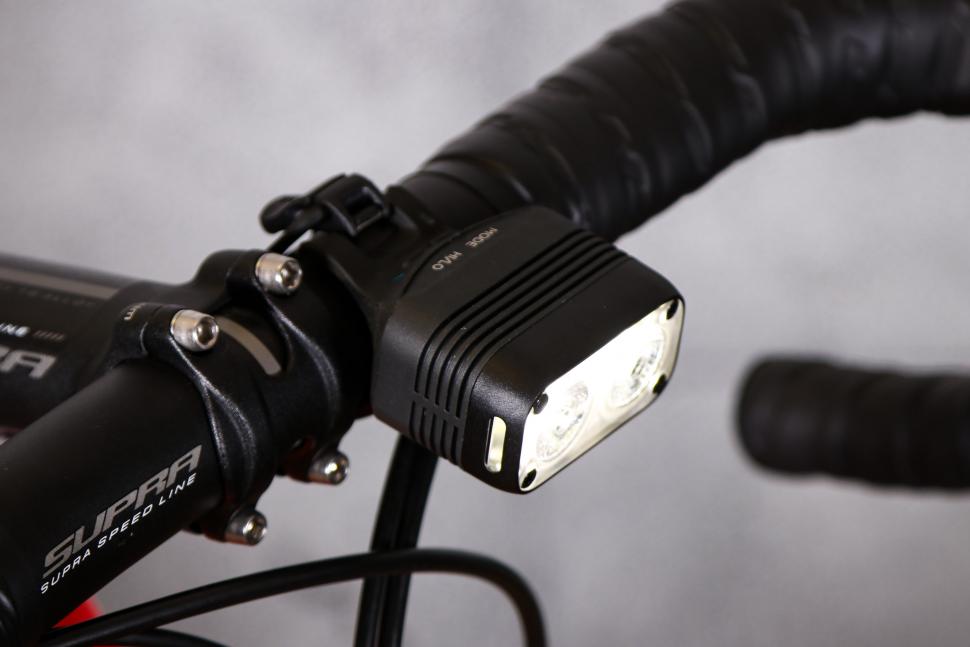 2021 Knog Blinder Road 600 Front Light.jpg
2021 Knog Blinder Road 600 Front Light.jpg£79.99
VERDICT:
Nicely designed and durable, best suited to serious commuters, but you can get brighter lights for less
Can fit aero profile bars
No USB lead required
IP67 waterproof rating
Brighter lights available for this price
Burn-times aren't the longest
Small buttons
Weight:
101g
Contact:
At road.cc every product is thoroughly tested for as long as it takes to get a proper insight into how well it works. Our reviewers are experienced cyclists that we trust to be objective. While we strive to ensure that opinions expressed are backed up by facts, reviews are by their nature an informed opinion, not a definitive verdict. We don't intentionally try to break anything (except locks) but we do try to look for weak points in any design. The overall score is not just an average of the other scores: it reflects both a product's function and value – with value determined by how a product compares with items of similar spec, quality, and price.
What the road.cc scores meanGood scores are more common than bad, because fortunately good products are more common than bad.
- Exceptional
- Excellent
- Very Good
- Good
- Quite good
- Average
- Not so good
- Poor
- Bad
- Appalling
The Knog Blinder Road 600 Front Light is quick and easy to mount, has a durable design and doesn't require a separate lead to charge it. It's best suited to extending commutes home, although brighter lights are available for the same price (or less).
It's that time of year again... the clocks have changed, post-work rides are in the dark, and even the weekend ones during daylight hours sometimes require lights depending on just how much the gloominess is affecting visibility. The Blinder Road 600 performs well as a 'be seen' light and as the name suggests can punch out a maximum of 600 lumens, which is enough for it to work as a main light in a pinch.
> Find your nearest dealer here
As with many Knog lights, it's mounted using a rubber band and clip; it's quick and easy to use and holds the light securely. Having broken a similar band on a Knog back light after a few years of use, I was happy to see that the bands are removable, and replacements are really cheap (£1.50 from Tredz).
There are two straps included in the box, which should fit the vast majority of bars; the smaller band (22-28mm) worked well with my circular profile bar while the larger band (29-35mm) was impressively stretchy enough to fit around aero profile bars. The light itself is about 53mm wide so you will need this much space between the computer mount/stem and where your cables start as it's not designed to go over these.
The Blinder differs from many lights of similar output in that it has two LEDs that are independently controlled. The one on the left has a relatively narrow beam (12 degrees) that acts as a spotlight, illuminating the ground immediately in front of you. Although this spotlight is enough to highlight potholes on a dark lane, I've found the light best suited to extending commutes and rides that run into the evening rather than as a light to see with the entire ride; for unlit back roads it's necessary to use the combined output of both LEDs and even then I'd rather something a bit brighter for navigating them at speed.
The second LED is behind a lens designed to make it a floodlight (32 degrees). Knog says that this is best suited for use on slower rides on bumpy or uneven riding conditions; in real life I used it to get me seen, and it also helps to illuminate the gutter of the road when using both LEDs.
Mode selections are completed with the two buttons on the top of the light. Holding the left 'mode' button for two seconds turns the light on and off, and a single press scrolls through flashing mode, just the left LED, just the right LED or both LEDs. The button on the right then changes the brightness for each of these modes, with low, middle and high settings for the three constant modes and two different flash patterns within the flashing mode.
Modes and run-times
This gives a total of 11 different modes which, although relatively easy to navigate, does seem a little excessive. Knog has certainly made sure there is a setting available for every condition, but I found myself drawn back to using either the flashing modes or double LED mode and varying the intensity to balance battery life. The buttons are also quite small; they are well placed so you can at least see what you're doing but in thick winter gloves they're not the simplest to operate.
Knog claims that in its brightest 600-lumen setting the light will last for 1 hour; 2 hours when putting out 400 lumens; 8.5 hours in its most frugal constant setting; and either 5.4 or 9 hours for the flash modes. That's in line with competitors such as the Lezyne Microdrive 600XL but less than the Ravemen CR600 which will last 1.4 hours while pumping out 600 lumens and much longer than the Knog in flashing modes.
The real life burn-times matched up with the claims, although it has been quite mild during testing so these could be ever so slightly shorter in colder weather.
Charging
When it comes to charging the light, you simply plug it into a USB which unfolds from the rear. This means that no leads are required, which is useful for unplanned top-ups at work, for example. You do get a short USB extender which helps to free up ports next to the one being used and reduce the chances of snapping it off while charging.
Cutouts on either side of the light help to aid visibility from the side, which will be particularly useful in an urban environment where junctions are more frequent. The light also has an IP67 waterproof rating and survived the shower and sink test so should happily survive plenty of wet weather. (IP67 equates to 30 minutes in up to a metre of water.)
Value
The Blinder Road 600 has an RRP of £79.99 which is expensive for a light with an output of just 600 lumens. The Lezyne Microdrive 600XL and Ravemen CR600 mentioned earlier, for example, cost £55 and £54.99 respectively. You can even get something more powerful than the Knog for less that you can ride long into the night with – the Magicshine Allty 1000, for example, costs £69.99 and has far more power and longer burn-times.
> Buyer’s Guide: The best 2021/22 front lights for cycling
However, the Blinder can currently be found discounted to around £50. At this price it's a much more attractive proposition as long as you don't intend on travelling too quickly in pitch black. For serious commuting and the odd evening spin at dusk the light is great – durable, quick to install and keeps the bars tidy.
Verdict
Nicely designed and durable, best suited to serious commuters, but you can get brighter lights for less
road.cc test report
Make and model: Knog Blinder Road 600 Front Light
Size tested: Lumens: 600
Tell us what the light is for, and who it's aimed at. What do the manufacturers say about it? How does that compare to your own feelings about it?
Knog says: "The Blinder Road 600 features all the best attributes of our original Blinder Road, but now with an incredible 600 lumens of light output. When this increase of illumination power is combined with the carefully considered beam angles for road riding, you have Knog's most powerfully perfect road bike light ever."
I like the design but think that it is expensive for a 600-lumen light. It's best suited for commuters as the burn times and output don't allow for sustained riding at speed in unlit conditions.
Tell us some more about the technical aspects of the light?
From Knog:
Dimensions: H: 73mm x W: 30mm x L:53mm
Weight: 95 grams
Lumens: 600
Min Burn time: 1 hour
Max burn time: 9 hours
Single LED Lumens: 400
11 modes
Wide angle (32 degrees)
Spotight (12 degree)
Rate the light for quality of construction:
8/10
Rate the light for design and ease of use. How simple was the light to use?
8/10
As long as you've got 53mm of bar without cables/hoses then you'll be all right. No issues mounting to both circular or aero profile bars. Sleek design, which looks less clumsy than some when installed.
Rate the light for the design and usability of the clamping system/s
9/10
Quick and easy to use, held the light securely with no bouncing/wobble on rough roads, replacement silicone straps available very cheaply.
Rate the light for waterproofing. How did it stand up to the elements?
9/10
It's IP67 rated (can be submerged up to a metre for 30 minutes – Knog says 'more than a meter') and has survived plenty of wet rides.
Rate the light for battery life. How long did it last? How long did it take to recharge?
7/10
Burn-times can be found in the review; they're OK but nothing to write home about. Charging from flat took roughly 3 hours.
Rate the light for performance:
6/10
For the price I expected more power and longer burn-times. These are likely limited in order to keep it small so are forgivable, but it costs a lot more than some 600-lumen lights.
Rate the light for durability:
8/10
Rate the light for weight:
8/10
Rate the light for value:
4/10
It does appear to be built to last with a rubberised body and replacement straps available, but it's far more expensive than other lights with a similar output.
Tell us how the light performed overall when used for its designed purpose
It performed well other than that the buttons are hard to use in thick winter gloves.
Tell us what you particularly liked about the light
Quick to mount, doesn't require a separate USB lead to charge.
Tell us what you particularly disliked about the light
I found the 11 different modes excessive and unnecessary.
How does the price compare to that of similar products in the market, including ones recently tested on road.cc?
As mentioned in the review, it's very expensive for a 600-lumen light.
Did you enjoy using the light? Yes
Would you consider buying the light? No
Would you recommend the light to a friend? Yes
Use this box to explain your overall score
I think, overall, it's a good option. Yes, the buttons are small and you can get brighter lights for less, but it has survived drops and the rain, it's bright enough for the vast majority of commutes and will get you by in an unlit emergency as long as you go slow, plus there are loads of modes and the flash settings are eye-catching, with decent side visibility.
About the tester
Age: 23
I usually ride: Specialized venge pro 2019 My best bike is:
I've been riding for: Under 5 years I ride: Every day I would class myself as: Expert
I regularly do the following types of riding: road racing, time trialling, cyclo cross, commuting, club rides, sportives, general fitness riding, mtb,
Jamie has been riding bikes since a tender age but really caught the bug for racing and reviewing whilst studying towards a master's in Mechanical engineering at Swansea University. Having graduated, he decided he really quite liked working with bikes and is now a full-time addition to the road.cc team. When not writing about tech news or working on the Youtube channel, you can still find him racing local crits trying to cling on to his cat 2 licence...and missing every break going...
Latest Comments
- chrisonabike 2 min 10 sec ago
And the cheese? Not being funny - but it is! Plus we've got more than enough enough wind turbines thank you....
- mark1a 13 min 36 sec ago
The Garmin Varia RTL515 is down to £115-120 at most places now, for the extra ~£20 I think I'd take that instead over the Magene L508 for the...
- wtjs 15 min 3 sec ago
Which we haven't received- so I repeat: an attempted deception
- Nighttrain123 42 min 7 sec ago
It doesn't help that most of these e-bikes are actually classed as motor vehicles and are ridden illegally in UK.
- lesterama 52 min 50 sec ago
I've been riding 170s on the road and 165s on the track for 30 years. I've always loved 165s. I'm 1m 84, with short legs and a long back.
- chiefoldmist 1 hour 44 min ago
I plan to watch *everything* up until 28th February, then delete the app from my devices and smart TVs, and then delete my account....
- Kendalred 2 hours 19 min ago
That is a shame - I have had numerous bits of kit from them over the last few years - all of it excellent quality, and even if the quality was ...
- chrisonabike 2 hours 21 min ago
Can we also look forward to it duplicating the existing "we know them, so we don't know them" feature police operate e.g. a system linked to Elon's...





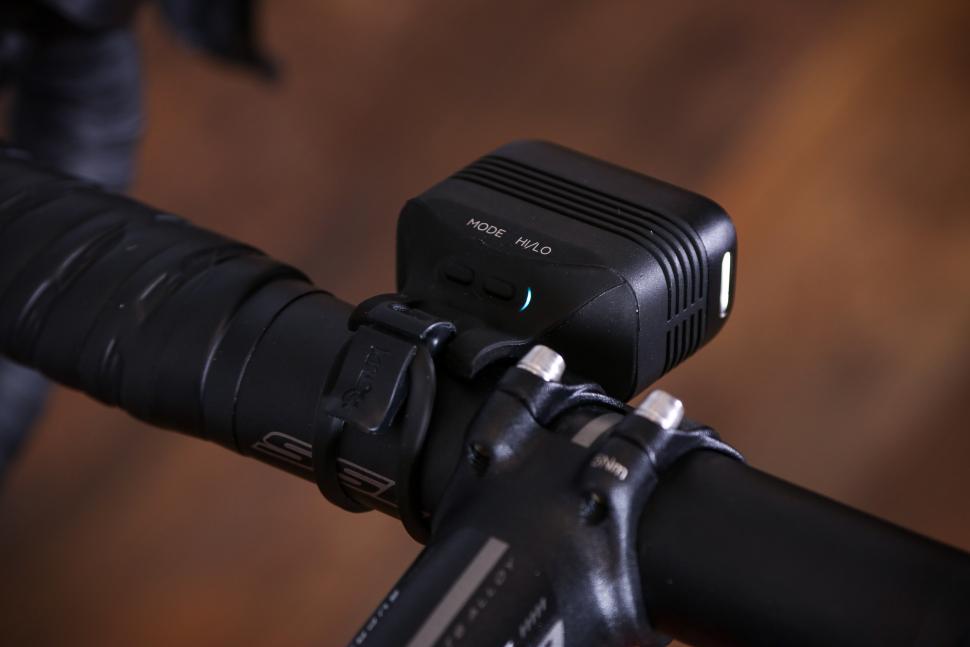

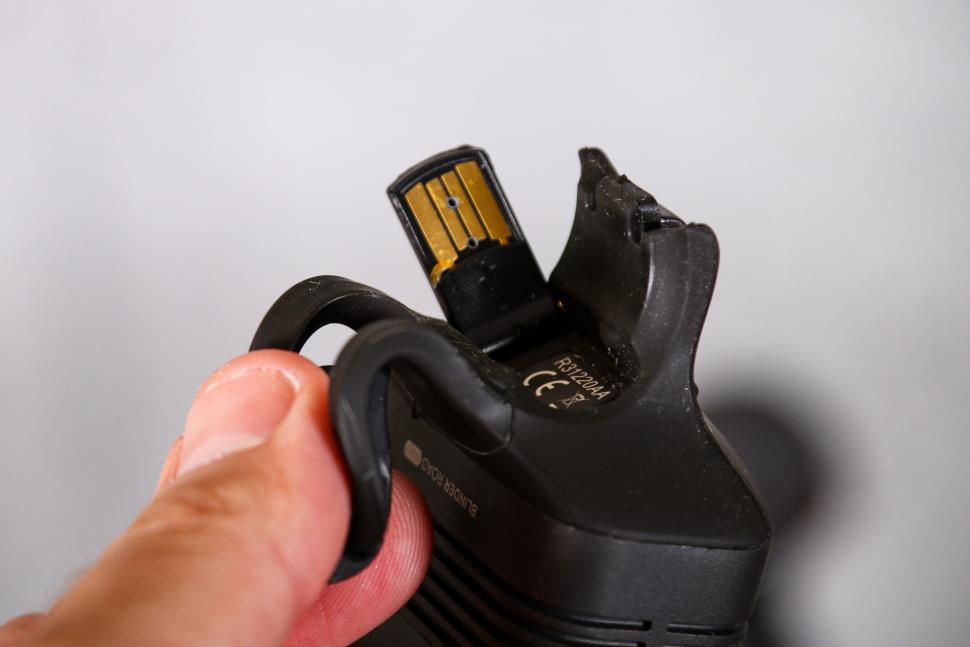

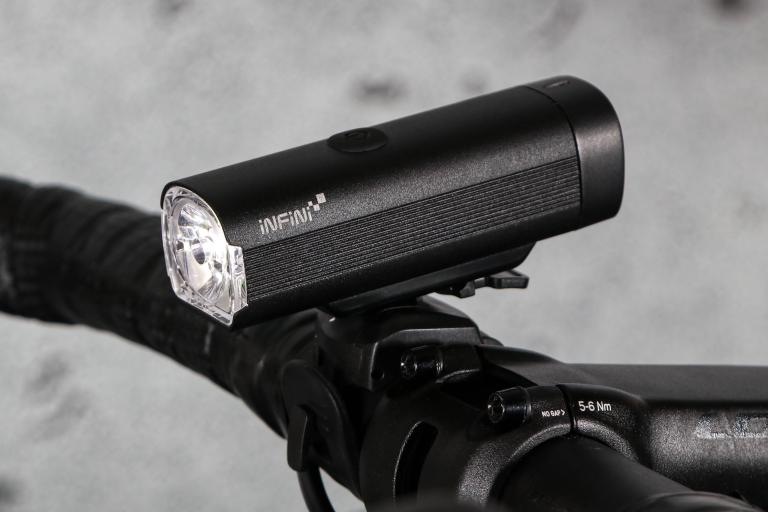

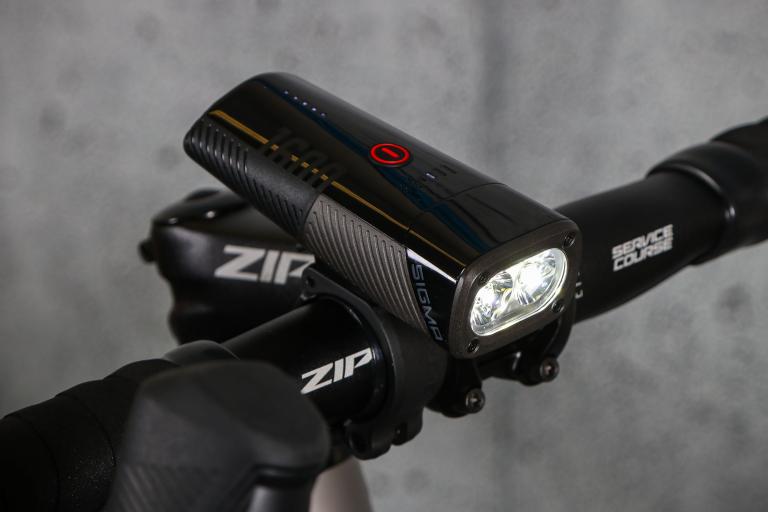
Add new comment
1 comments
I'll bet Knog are really chuffed with their no-wire charging solution, but it's actually the one thing that puts me right off all their lights. The tongue looks like it's waiting to be snapped off. And ever fewer of my USB chargers even have a USB-A port. I'm not dragging my old desk top PC with me just to charge bike lights from.